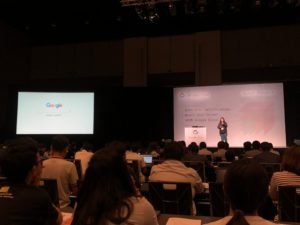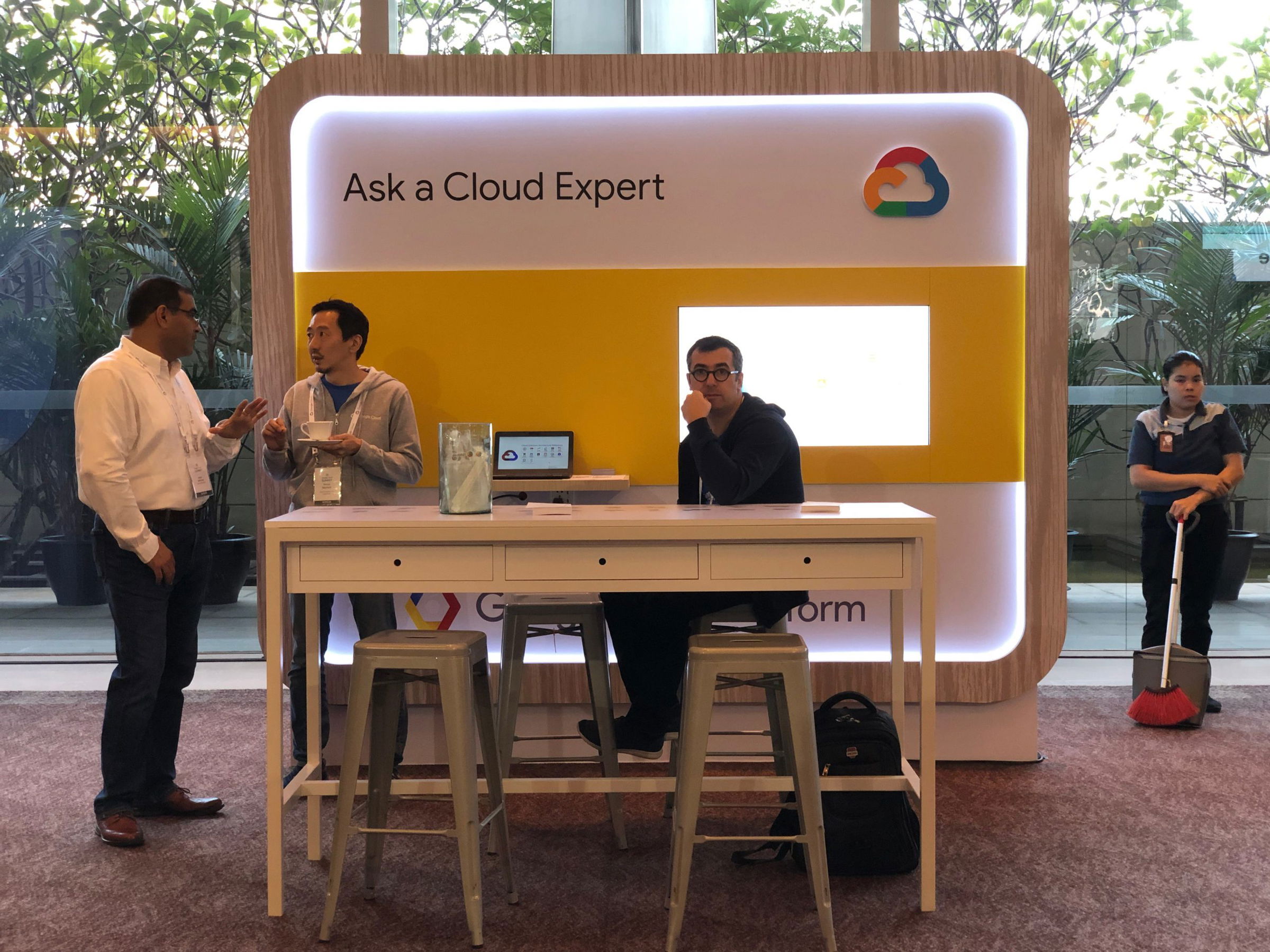Last updated on March 22nd, 2024 at 06:23 am
Google Meet has been a lifesaver for many professionals and students who are unable to step out of their homes for the last few months. This increasing usage of such virtual meeting platforms has improved the technology reach. This and Google AI has now increased the need for Machine Learning training and opened up a whole new world in technology.
Google’s AI of Google Meet now allows the user to change the background and reduce the noise level as well. Instead of the boring or the interiors of the home as the background, Machine Learning has helped customize the backgrounds for such meetings.
The technology behind the backgrounds
Google uses MediaPipe Objectron to get the 3D dimensions of images on mobile devices. It is also useful for background changes as well. They came up with an in-browser version of the Machine Learning model that can blur or replace the backgrounds. With these combined efforts of the ML, MediaPipe, and the OpenGL technology, its performance is better even in the devices with low power available.
Google uses WebGL for rendering, ML such as TFLite, and ZNNPack for web-based interference.
How does it work?
The MediaPipe uses the new low-level format of the binary code of WedAssembly. This can speed up the processing faster than JavaScript and can improve the speed of the tasks as well. The instructions from the WedAssembly are converted into simpler code by the browser.
- First of all the ML segregates the user and its background.
- Now, the user is masked by the ML interference into a low-resolution component.
- The mask undergoes processing to refine its edges to be a smooth blend with the new background.
- A WebGL2 is used to get the final output for the video where the mask is suitable with the replaced or the blurred background.
The technology here uses a lighter interference that uses less power and smaller storage space.
Refining the results
Although the masking effect is refined so it makes it easier to blend with the background, it could still end up having a halo effect. The light wrapping disables this possibility. The composting technique refines the edges of the mask and also allows the background light to adjust itself to blend the user with itself. The technique allows the light from the background to spill all over the edges of the mask to conceal the halo effect. This results in the fine blending of the background with the foreground image.
Performance in various devices
In the high-end devices, the image transition through the ML system continues at a higher resolution but in the low-end devices, there is a slight change. In the latter, the working mechanism automatically switches through the lighter models of ML so as to maintain the performance speed. Here, it skips the image refining process to send the final output.
The flexible configuration of the MediaPipe enables it to choose the most effective processing method.
Google AI and ML
The regular updates on Google AI and algorithms have opened new scope in the field of Machine Learning and its various prospects. While the Machine Learning Course provides basic knowledge, there is more to it when it is learned properly.
 Since the internet-based virtual meetings are not going to disappear anytime soon, more changes in the working are expected. With each change, there is more to learn which naturally increases the importance of Machine learning and AI.
Since the internet-based virtual meetings are not going to disappear anytime soon, more changes in the working are expected. With each change, there is more to learn which naturally increases the importance of Machine learning and AI.
Bottom Line
Seeing all these, it would be not a bad idea to enroll in a machine learning course to start with the basics. Though this is a field with no limits, there is sure a lot to learn.

